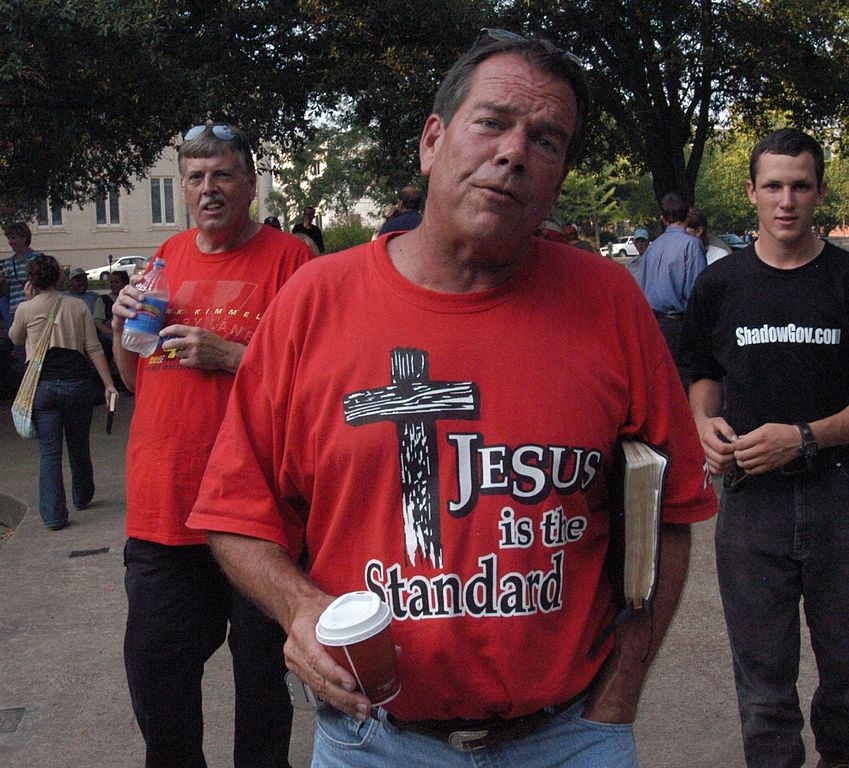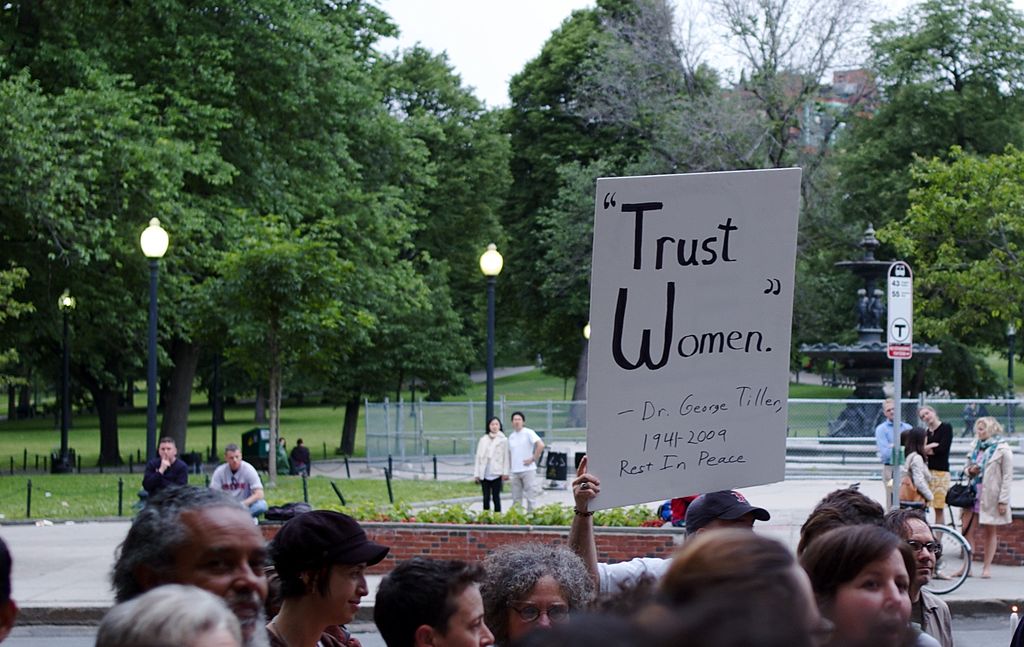Abortion-Performing Doctor Is Murdered: The First Time It Made National News
Dr. Barnett Slepian wasn't the first doctor to be killed for performing abortions, but his death in 1998 was the first one that made national headlines. Why? What was different about his death, and how did it change the abortion conversation?
Not The First
Slepian's slaying was not only not the first murder of an abortion provider in the States, it wasn't even the first attack to occur in Buffalo. In April 1992, 200 pro-life protesters descended on Buffalo for the "Spring of Life," a series of coordinated demonstrations that quickly got out of hand but didn't end in murder.
The next year, however, a doctor at a clinic in Pensacola, Florida was shot dead by a sniper. The death of Dr. David Gunn was hardly covered in the media, but its aftershocks were felt keenly in the medical community. In fact, Slepian himself spoke to the media about it. "It probably hits home a little bit because it could have been me," he told the Buffalo News. "For years I've felt, and I still feel, it could happen to me or to someone around here." Three more abortion providers were killed by 1998—one every year.

The Death Of Dr. Slepian
On October 23, 1998, Slepian and his family returned from synagogue to their two-story home in East Amherst. As he headed to the kitchen to warm up a bowl of split pea soup, a shot rang out in the night, smashing the glass of the kitchen window and striking him in the back. Hours later, his death became national news. Slepian had become the fifth doctor in as many years to be killed for performing abortions, and the authorities and public alike could no longer treat the deaths as isolated incidents.
Prominent Washington, D.C. minister and activist Reverend Rob Schenck was in New York City when the news of Slepian's murder began to spread, and in 2018, he admitted that "it really shook one of the pillars of my pro-life certainty ... I knew him, face to face. I knew his voice. I knew who he was. It was very personal. It shook me. It took me too long to admit to the fact that we had people in our movement who would kill, who would murder. We were not the absolute pro-life community I was sure we were at the time. It caused me to question what exactly we stood for."
Not everyone in the pro-life movement took it so hard, though. In fact, within days of Slepian's death, many groups started targeting Buffalo and the surrounding areas for a whole new round of demonstrations. "Mr. Barnett Slepian had murdered thousands of baby boys and girls and last night was murdered himself," wrote Reverend Flip Benham, leader of the prominent pro-life organization Operation Rescue, now known as Operation Save America. "Everybody wants to point the finger at someone else, but until the finger is pointed in the right direction, we are in store for more bloodshed."

The Aftermath
Slepian's death was the last straw for the feds, who started cracking down in earnest on pro-life extremists. The first up, of course, was Slepian's suspected killer, Charles Kopp, whose car was seen near Slepian's home on the night of the murder. Kopp was a heavy-hitter in the extreme pro-life movement who, before he turned violent, mostly served his mission with the design of complicated locks that he attached to the doors of abortion clinics. At the time of Slepian's death, he was already under suspicion of four other attacks on doctors in New York and Canada.
Kopp was quickly placed on the F.B.I.'s Ten Most Wanted list, but with the help of other members of Army of God, a domestic terror organization, he fled to Ireland. He was finally caught in France in 2001 and extradited to the U.S. to be tried for second-degree murder. His defense argued that he only meant to wound the doctor, but he was convicted and sentenced to 25-years-to-life in prison.
The year after Slepian's death was the first in six years that no abortion providers were murdered. In fact, it didn't happen again until 2009, when Dr. George Tiller was shot at church in Kansas. He was wearing body armor at the time, as he had been since 1998. By then, pro-life extremists had revamped their policy on speaking ill of the dead. Even Operation Rescue, which had demonstrated outside Tiller's clinic, expressed their condolences, telling the media on the day of the shooting, "We are shocked at this morning's disturbing news that Mr. Tiller was gunned down. Operation Rescue has worked for years through peaceful, legal means, and through the proper channels to see him brought to justice. We denounce vigilantism and the cowardly act that took place this morning."
No comments: